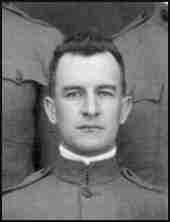
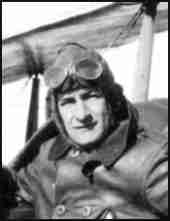
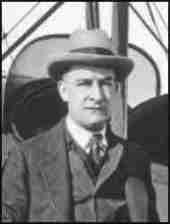
-1928 |
 |
 |
 |
Cornell University |
U.S. Air Force, Waco, TX Collection of William Burke, Jr. |
 |
|
U. S. Air Force - Dallas - 1919 Collection of William Burke, Jr. |
|
|
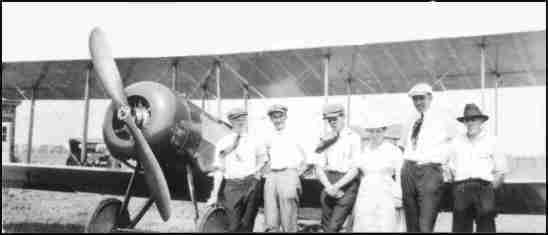 |
|
Chicago, 1919 - Billie's Plane #2. Built by Matty Laird. Small, high-powered stunt ship in which he made exhibitions at fairs over many of
the mid-western states that summer. From left - Matty Laird & Billie. |
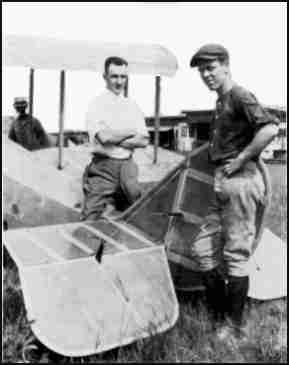 |
|
Laird Sport Plane Collection of William Burke, Jr. |
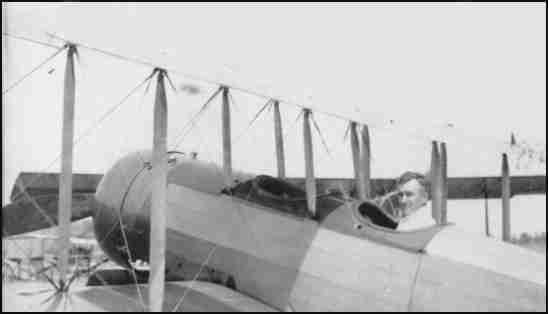 |
|
Collection of William Burke, Jr. |
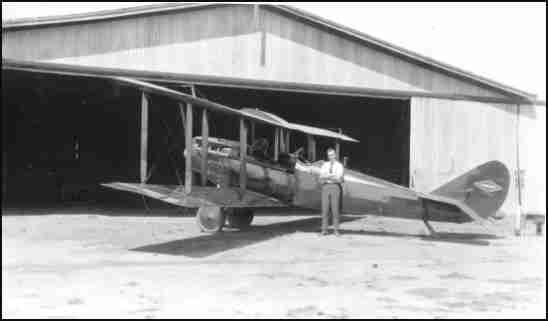 |
|
Collection of William Burke, Jr. |
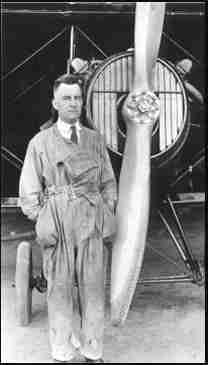 |
|
Collection of William Burke, Jr. |
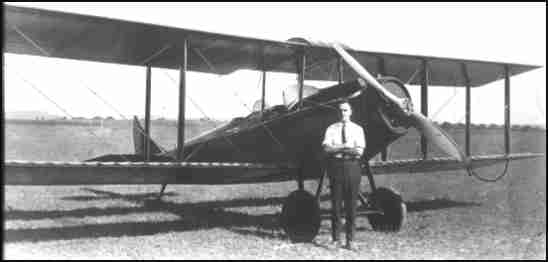 |
|
Collection of William Burke, Jr. |
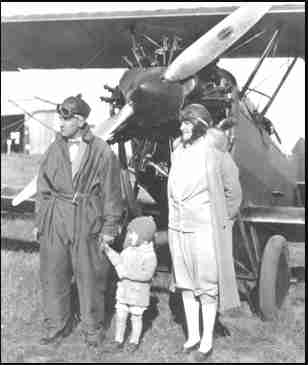 |
|
Collection of William Burke, Jr. |
|
HOW DID IT ALL BEGIN? WAVELINK News Magazine ELLIOTT AVIATION You will find several references to Billie, as well as several other pioneers in this article from the Magazine. The following paragraphs refer specifically to Billie: "There can’t be an aviator in this land who has not heard about Walter Beech and Clyde Cessna. But how many are familiar with these other names that were so important to the early days of aviation ? Jake Moellendick, Lloyd Stearman, Billy Burke, Matty Laird, and a 90-horsepower, water-cooled powerplant named the OX5? The history of aviation in Wichita is a long and complex story involving many pioneering pilots, aviation enthusiasts and companies, some short lived. In our limited space, this article will focus on just a few of the early highlights and seminal events that started Wichita on a flight plan to world prominence. IN THE BEGINNING Early in 1911, Clyde V. Cessna, from tiny Rago, Kansas, went to New York and stayed for a brief period learning how airplanes were built. He then went to Enid, Oklahoma where he built one airplane a year and started his barnstorming career. In the Fall of 1916, he moved to Wichita, and his first airplane built there took to the air in 1917. It wasn’t until after 1919, however, when there was a multitude of aviators who had been taught to fly during World War I, that aircraft manufacturing was of any consequence. That year marked the start of the aircraft industry in a most unlikely place - Wichita, Kansas. Many of those familiar with early Wichita aviation history consider a wealthy oil man from the East to be the "Father of Aerospace in Wichita." His name was Jake Moellendick, and he had migrated to Wichita by way of Okmulgee, Oklahoma. Among other business interests, Jake was the financial "angel" behind the Wichita Airplane Company, a barnstorming, joy hopping, flight training and taxi service. After becoming dissatisfied with the direction the company was going, Jake sent for Billy Burke, head of the National Exhibition Flyers, and made him the new manager. Burke then brought in airplane designer E.M. "Matty" Laird from Chicago, about the same time that Jake got a ride in a Curtis Hisso. That ride crystallized Jake’s vision of the mammoth potential for aircraft in business and commerce. Shortly thereafter, the E. M. Laird Company, an airplane manufacturing business, was born. Matty, his cohort Buck Weaver and Billy Burke set about building an OX5 powered three-place, open cockpit aircraft. The OX5 was a proven powerplant, and war surplus OX5’s were plentiful and cheap. This was a most important consideration in early aircraft manufacturing, and therefore the OX5 engine was key to Wichita’s first steps toward aviation glory. After several successful tests of Matty’s creation, they decided to build 10 aircraft per year, constituting the first solid action in commercial aircraft manufacturing. From that point on, Wichita’s die was cast." Editor's Note: Permission to reproduce these paragraphs from the article was granted by Mike Turner of WAVELINK Nes Magazine. We are very grateful to him for his courtesy. To read the whole article, just click on: Billie Burke |
|
|
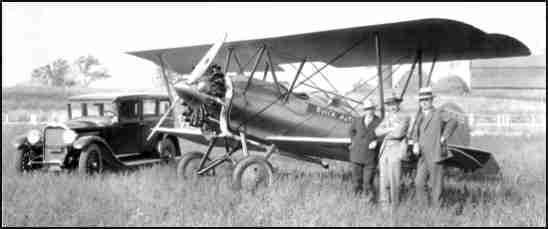 |
| When the Buick dealers of the Oklahoma City Branch territory visited the Buick factory at Flint recently, William A. Burke, dealer at Okmulgee, made the trip by air. He is a pilot of 12 years' experience, and uses his plane constantly in his business. In this instance it enable him to make the Michigan trip with a minimum of "time out." Burke is the central figure in the picture, the others being William H. Alexander of the Buick factory (left), and S. S. lindsey, manager of the Oklahoma City Buick Branch. 1928 |
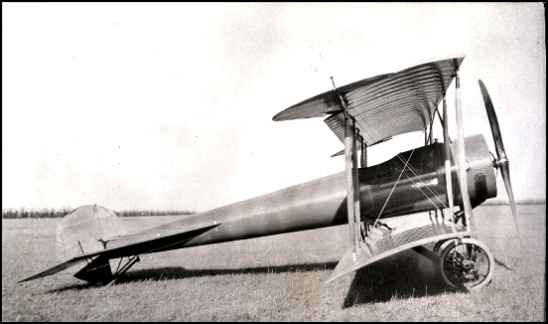 |
|
Hello from SkyWorld Aviation This aircraft has the name of Billie Burke on the side Collection of Michael Pacitti, 3-23-05 Identification by Stephen Allen, 3-22-06 |
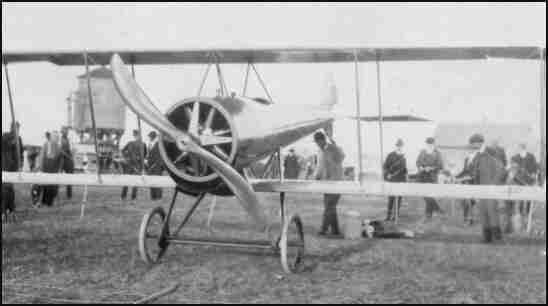 |
|
1916 = 1pOB; 80hp LeRhône rotary. Laminated-wood fuselage; underslung lower wing. POP: 1, Built by A. K. Longren, Topeka, Kans. at Okmulgee Field Built for Oklahoma car dealer William Burt. Collection of William Burke, Jr. Identification by Stephen Allen, 3-22-06 |
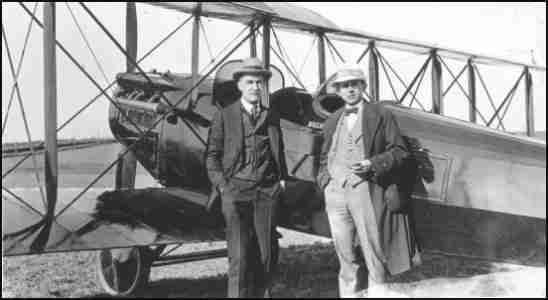 |
A Few Months Before His Accident in 1928. Collection of William Burke, Jr. |
|
Editor's Note: I thank Mr. Burke so very much for this interesting information about his father. It is this sort of contact, and the generosity of the decendents, which makes it possible for me to tell the stories of the pioneer aviators more completely. I look forward to receiving some photographs from him, which I will add to this page as soon as they arrive. RSC |
|
If you have any more information on this Early Bird, please contact me. E-mail to Ralph Cooper Back 

|